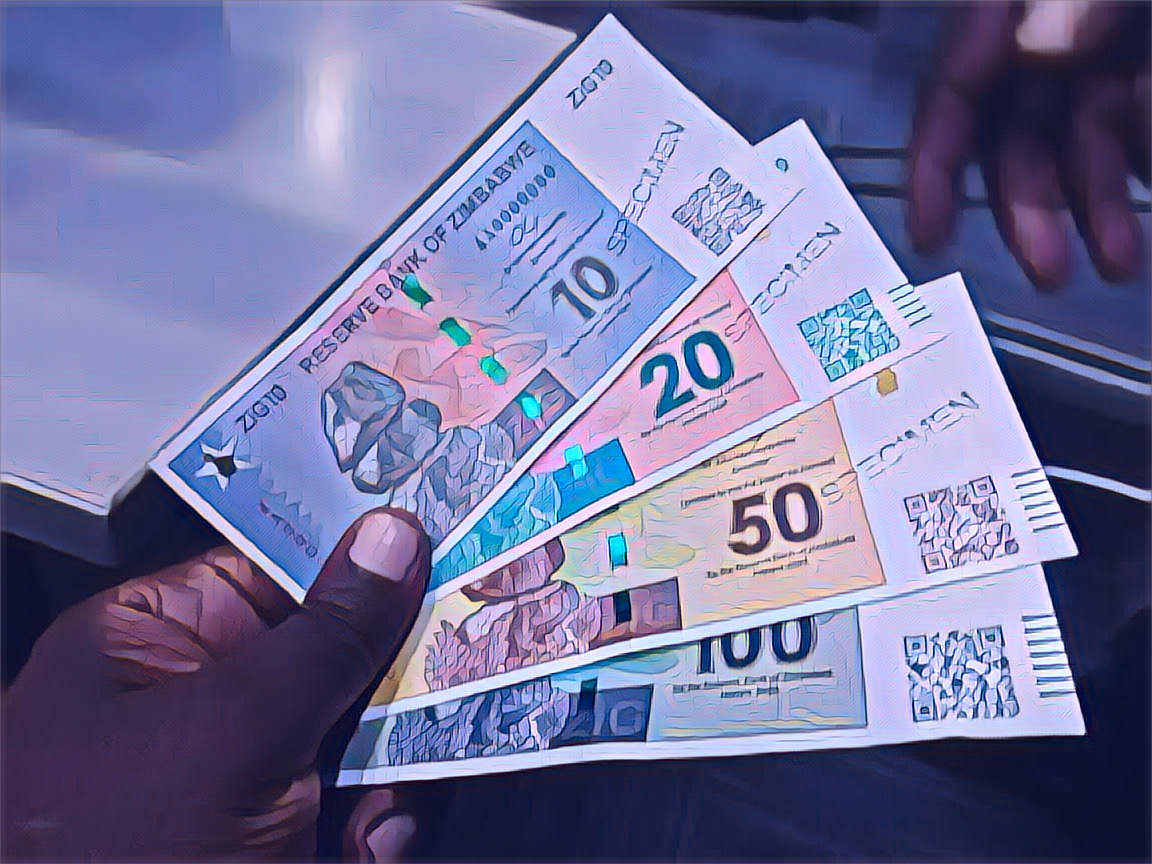KEY POINTS
- Zimbabwe’s local currency struggles, forcing retailers to price goods in U.S. dollars.
- Prices of basic items like cooking oil and flour have soared.
- The Consumer Protection Commission raises concerns over rising costs.
Zimbabwe is on the brink of an economic crisis again since the newly launched Zimbabwe Gold (ZWG) currency continues to decline in value. It has also been noted that there are more and more products labelled in U. S. dollars, while the circulation of the ZWG is limited. This has led to a hike in the price of some necessities such as cooking oil, sugar, and even the price of mealie-meal, affecting the everyday man in Zimbabwe.
The Reserve Bank of Zimbabwe has introduced a new currency, the ZWG in April at an exchange rate of 13. This translates to 0.56 to the U. S. dollar. But in May it was already down by 0. 8% and the current statistics show that its rate is still lowering. A Harare survey reveals that while most stores used to list prices in ZWG and the U. S. dollars, many are now only accepting U. S. dollars.
Prices rise as currency falls
Since the rapid decline of the ZWG, the general prices for goods have been on the rise, particularly for necessities. For instance, a 2-litre bottle of cooking oil that was earlier being sold at $3 has recently been priced at $5 in the big supermarkets and a 10kg bag of mealie-meal goes for $11. This is truly shocking because even a standard 2kg packet of sugar on the market today is being sold for $3. Meanwhile, in smaller tuckshops, the same items can be found at slightly lower prices, highlighting the growing disparity between formal and informal markets.
The situation is even worse in some areas, with exchange rates on the informal market going up from ZWG24 to ZWG28 per U S dollar. This vast disparity between the official and the black-market exchange rates has messed up the economy and fuelled inflation. For instance, in some of the regions including Hwange and Nkayi, prices are skyrocketing, and the exchange rate is ZWG35 for every US dollar.
Concerns over currency and price control
As it was reported by Newsday, the CPC highlighted its concerns over the recent tendency of food price hikes, which are present mostly in America’s supermarkets. An example of exchange losses is when CPC spokesperson Kuda Mudereri observed that many retailers have shifted to pricing their goods in U.S. dollars. The CPC is encouraging businesses to keep to official exchange rates to prevent customer exploitation.
Economists are warning that the introduction of the ZWG was always risky. The currency, created to solve Zimbabwe’s liquidity crisis, lacks stability and confidence. Some, like economist Chenayimoyo Mutambasere, argue that the ZWG was introduced hastily and without enough planning. Others believe the price rise is also due to retailers setting higher prices to protect themselves from the unstable exchange rate.


